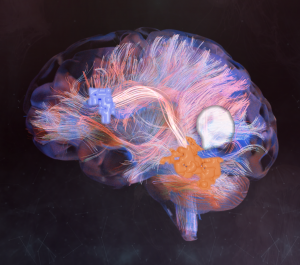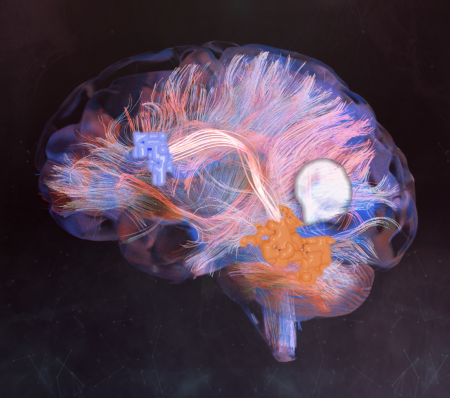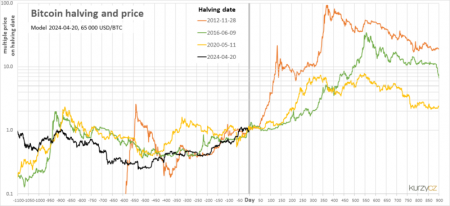Along with the Earth’s magnetic and energy fields, there is a third energy field and Adarsh tells you all about the discovery…
It was first hypothesised in the late ’60s but it took until 2024 to prove it beyond any doubt! In 1968, it was noticed that an elusive field of energy was probably pushing particles from the Earth’s poles into space. While the field is invisible and relatively weak, it plays a major part in the evolution of the Earth’s atmosphere and how it continues to support life. The discovery of this ambipolar field is groundbreaking as it offers us with a deeper understanding about how the forces that shaped the Earth.
The discovery was made thanks to NASA’s Endurance mission that launched a rocket into space with sensors that could measure the ambipolar field. The learnings were published last month in a study in the journal Nature.

The Mystery of the Polar Wind
In 1968, a discovery was made by spacecrafts flying over the Earth’s poles. The observation was that there were streams of particles at the poles that were escaping the atmosphere at supersonic speeds. While sunlight could also make atmospheric particles drift into space, it was also observed that these particles weren’t heated, thereby suggesting that another force was at play.
“Something had to be drawing these particles out of the atmosphere,” explained Astronomer Glyn Collinson who is also principal investigator of Endurance at NASA’s Goddard Space Flight Center in Maryland, USA. The hypothesis was that somewhere around 150 miles (250 kms) above the Earth’s surface, there was an electric field that was pulling particles out of the atmosphere.
At such a height, atoms break into negatively charged electrons and positively charged ions. As ions are heavier, they should ideally sink towards the Earth’s surface but since they are oppositely charged, the ions and electrons should also attract each other.
The electric field was simultaneously pushing them together while also pulling them apart. Which is why the field is called ambipolar as the ions were pulling downwards the electrons were pulling upwards.
The Endurance Mission
NASA launched the Endurance mission in May 2022. The rocket was fitted with sensors to measure the elusive third energy field. It was launched from Norway’s Svalbard Rocket Range which is located near the North Pole. “Svalbard is the only rocket range in the world where you can fly through the polar wind and make the measurements we needed,” said Suzie Imber, a space physicist at the University of Leicester in the UK, and a co-author of the Study.

The rocket reached an altitude of 477.23 miles (768.03 kms) and collected crucial data before falling back down to Earth. The Endurance detected a subtle 0.55-volt change in the electric field. While it is a relatively insignificant fluctuation, it was enough to prove the existence of the Polar Wind.
The charge is strong enough to send hydrogen ions with 10.6 times the strength of gravity. Since oxygen ions are heavier than hydrogen ions, they were pushed even harder, increasing the ionosphere’s density at high altitudes by 271% of what it would be if there was no field. “It’s like this conveyor belt, lifting the atmosphere up into space,” explained Collinson.
Implications for the Future
The discovery of the polar winds will help us learn the atmospheric escape on other planets like Venus and Mars. By studying these, scientists can understand how our planet’s atmosphere evolved and how it has influenced the oceans and the climate of our planet. “This field is a fundamental part of the way Earth works, and now that we’ve finally measured it, we can start to ask some of these bigger and exciting questions,” added Collinson.

In other words, this discovery – 60 years in the making – has revolutionized our understanding of how our planet sustains life. The findings of the Endurance mission were published in the journal Nature towards the end of August 2024.
In case you missed:
- India announces First Venus Mission set for 2028
- Why is Voyager 1 sending Gibberish after 47 Years?
- Exploring ISRO’s Ambitious Plans for 2024
- Param Rudra: Modi launches India’s Homegrown Supercomputing Powerhouse
- How AI is Revolutionizing Combat for Indian Defence Forces
- Talk to ChatGPT with new AI Glasses
- TalkBack, Circle To Search & 3 More Google Features added on Android
- Meta’s Puffin Project: Future of Mixed Reality in a Pair of Glasses
- Climate Change Could Seriously Hamper India’s Progress by 2030
- Top 5 Tech Trends in 2024









